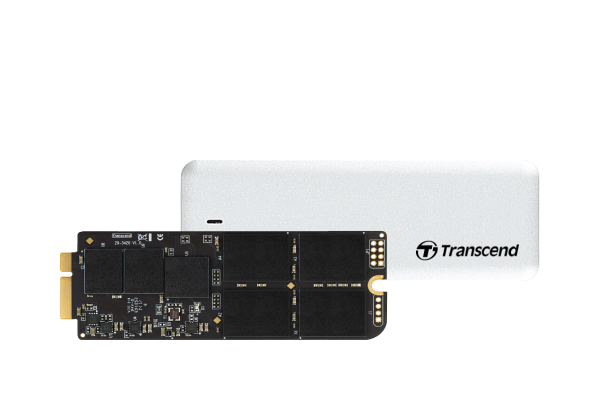

Arguably Apple has made a sensible choice with their CPU picks: the type of buyers who’d be doing video editing is perhaps unlikely to choose to do so on a 13-inch notebook. The absence of Hyper Threading is only noticeable in apps that have been coded to support it: this includes titles such as Adobe’s Photoshop and other graphics and video design packages. In day-to-day use, the MacBook Pro kept up with everything we asked for it, though it understandably lacked the responsiveness of its more powerful, larger siblings. (SlashGear 13-inch and 15-inch, Mid 2009 Review) That’s actually a little less than the previous generation 13-incher we tested midway through last year, which scored 3892, though it’s worth noting that particular machine was the 2.53GHz Core 2 Duo MacBook Pros not the entry-level model of the time. We ran our usual Geekbench benchmarking tests on the notebook, a synthetic test of processor and memory performance, and the MacBook Pro scored 3702 overall. While that may be a price consideration on the company’s part, it does mean users miss out on newer features like Hyper Threading, which create “virtual” cores for use by compatible software. The MacBook Pro 13’s CPU marks it out as the only Pro-line Apple notebook to lack an Intel Arrandale processor. Of course, if you’re the sort of frequent-traveler to whom the 13-incher will appeal, you may find reflections in the display prove frustrating if working outside.

Display quality is on a par with the previous model, being bright and crisp with deep, rich colors. Measuring 12.78 x 8.94 x 0.95 inches it’s still a relatively compact machine, and though the 4.5lb weight makes it heavier than other 13-inch notebooks the upside is the sturdy unibody aluminum build quality.

Physically, then, little has changed from the last generation 13-inch MacBook Pro, and that’s generally a good thing. Apple reckons the non-swap 63.5Wh battery is good for up to 10hrs runtime with wireless turned on.
#Mid 2010 macbook pro 13 ssd upgrade Bluetooth
Standard wireless options include WiFi a/b/g/n and Bluetooth 2.1+EDR, while there’s also an integrated webcam, a backlit keyboard and the usual multitouch trackpad.
#Mid 2010 macbook pro 13 ssd upgrade full
Unlike the 15-inch MacBook Pro there’s no Full HD display option, only the standard 13.3-inch LED-backlit 1280 x 800 panel we don’t so much miss the extra pixels, but we wish Apple would offer an antiglare screen finish. The slot-loading DVD burner is still in place, and the previous array of ports remain: gigabit Ethernet, FireWire 800, Mini DisplayPort, two USB 2.0, an SD card slot, combined audio in/out and a Kensington lock slot. Options include a faster, 2.66GHz Core 2 Duo processor, up to 8GB of RAM and a 320GB hard-drive, or alternatively up to 512GB of SSD storage. Our test unit has a 2.4GHz Core 2 Duo processor paired with 4GB of RAM, a 250GB hard-drive and integrated NVIDIA GeForce 320M graphics borrowing 256MB of the notebook’s memory.

Frustrating to many frequent travelers, Apple saved the Core i5 and Core i7 processors for the 15- and 17-inch MacBook Pro refresh, leaving the 13-inch notebook with Core 2 Duo chips.


 0 kommentar(er)
0 kommentar(er)
